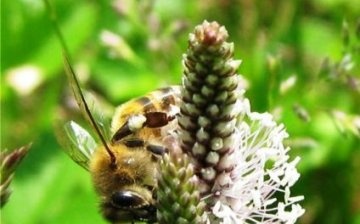Plantain herb - medicine underfoot
Summer is coming, long-awaited and so beloved by everyone. Trees and ground are rapidly covered with a bright green carpet. And among the grasses, the eternal companion of paths and paths is not too noticeable - plantain grass.
This is an amazing plant! Not everyone knows, but there are more than 250 species of plantain by scientists. They are all singled out into a separate family - plantains. The healing properties of plantain have been known for a very, very long time. Even in Ancient China, Ancient Rome and Ancient Greece, remedies were used based on this common herb.
And today's pharmacology follows in the footsteps of traditional medicine, based on the medicinal properties of the plantain herb. Plantain contains a huge amount of nutrients, especially in the leaves and seeds. These are vitamins and microelements, carotene, organic acids - citric acid, ferulic, ascorbic, chlorogenic acid and some others. Flavonoids and phenolcarboxylic acids, tannins and polysaccharides are also found in plantain raw materials.
Due to the fact that plantain is rich in nutrients, it is widely used in the treatment of many diseases. even children know that to a broken knee, as to any other abrasion. you need to attach a plantain leaf. slightly mashed and clean. This will help the wound heal quickly. Plantain juice is actively used in hemostatic preparations.
Plantain seeds are rich in mucous substances, which made its use in demand in the treatment of diseases of the upper respiratory tract, as well as the bronchi and lungs.
Plantain herb is also used as a component of the first spring salads and soups. Young plantain leaves can be used in vitamin salads, along with nettle leaves, sorrel, dandelion leaves, etc.






